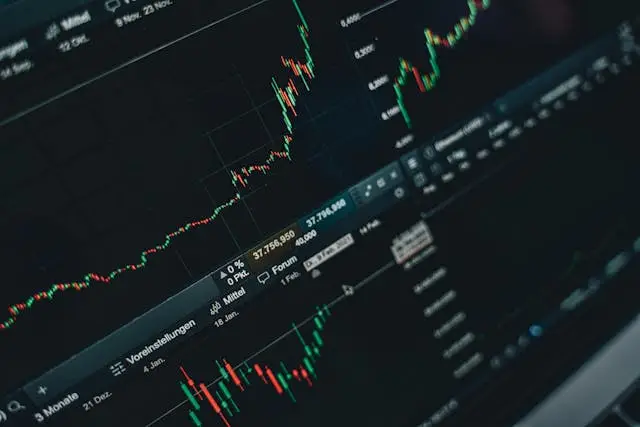Navigating the Forex market can be daunting, especially for beginners. Fortunately, various trading indicators are available to help simplify decision-making and enhance your trading strategy. This guide introduces essential Forex trading indicators that every beginner should know, with a focus on how to use them effectively.
Understanding Forex Trading Indicators
Forex trading indicators are mathematical calculations based on the price, volume, or open interest of a currency pair. By providing insights into market trends and potential reversals, these tools are invaluable for making informed trading decisions.
Types of Forex Trading Indicators
- Trend Indicators: These help determine the overall direction of the market. The most common trend indicators include:
- Moving Averages (MA): Simplifies price data by creating a single flowing line, which makes it easier to identify the direction of the trend.
- Moving Average Convergence Divergence (MACD): Shows the relationship between two moving averages of prices.
- Momentum Indicators: These help identify the speed of price movement. Key momentum indicators are:
- Relative Strength Index (RSI): Measures the magnitude of recent price changes to evaluate overbought or oversold conditions.
- Stochastic Oscillator: Compares a particular closing price of a currency to a range of its prices over a certain period to gauge the momentum.
- Volume Indicators: These can assist traders in understanding how volume changes with price movements, indicative of how strong a trend is. Examples include:
- On-Balance Volume (OBV): Uses volume flow to predict changes in stock price.
- Volatility Indicators: These reflect the size of price fluctuations.
- Bollinger Bands: Consist of a middle band being an N-period simple moving average (SMA) along with upper and lower bands at K times an N-period standard deviation above and below the SMA, respectively.
How to Use Forex Indicators Effectively
Choose the Right Combination
Using too many indicators can lead to conflicting information and more confusion. It’s crucial to select indicators that complement each other without duplicating the data. For instance, combining a trend indicator like MA with a momentum indicator like RSI can provide a balanced view of the market. Check out our blog about technical analysis to learn more about how to use indicators in combination with other tools.
Apply Indicators to TradingView Charts
TradingView is an excellent platform for applying these indicators. It provides real-time data and a wide range of tools to plot these indicators against historical data, helping you to visualize market trends and analyze potential trade opportunities effectively.
Conclusion
Forex trading indicators are powerful tools that, when used correctly, can significantly enhance your trading performance. By understanding how to apply these indicators effectively, you can improve your ability to make educated trading decisions, manage risk, and identify strategic entry and exit points.
Explore more resources on our website and deepen your trading knowledge. Join our community of traders to share experiences and gain further insights into Forex trading.



